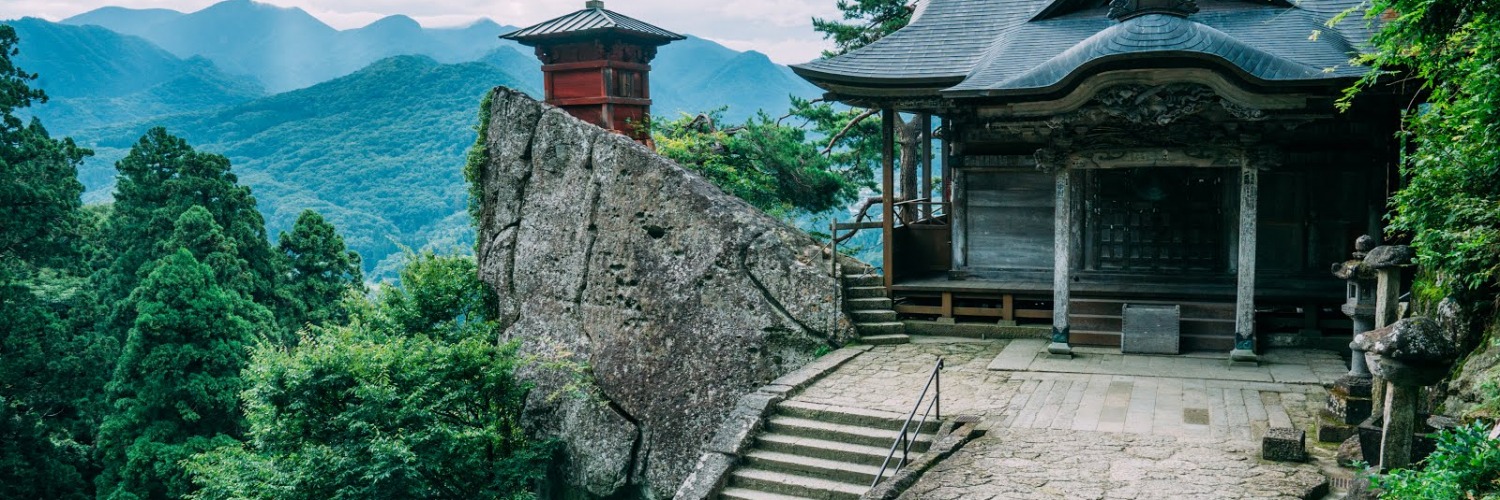Yamadera and the Zen Experience
There's nothing quite like arriving at the gates of Yamagata's legendary temple Yamadera (literally 'mountain temple' but originally titled Risshakuji). As you look upwards, heads turned towards the skies, obtaining a few glimpses of what is to come, it's a revelatory experience.
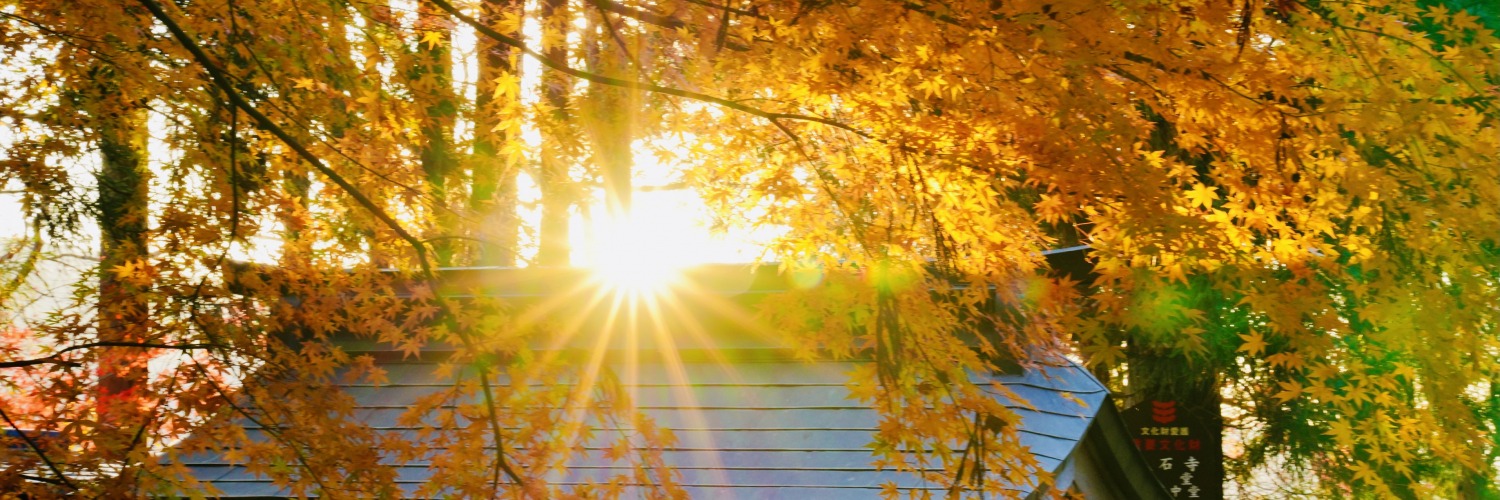
Although you might not know the name, Yamadera, you will almost certainly have seen the images from there on Instagram or other social media services. With a quite astonishing and picturesque view and sights amongst the temple grounds, it's one of Japan's most beautiful locations.
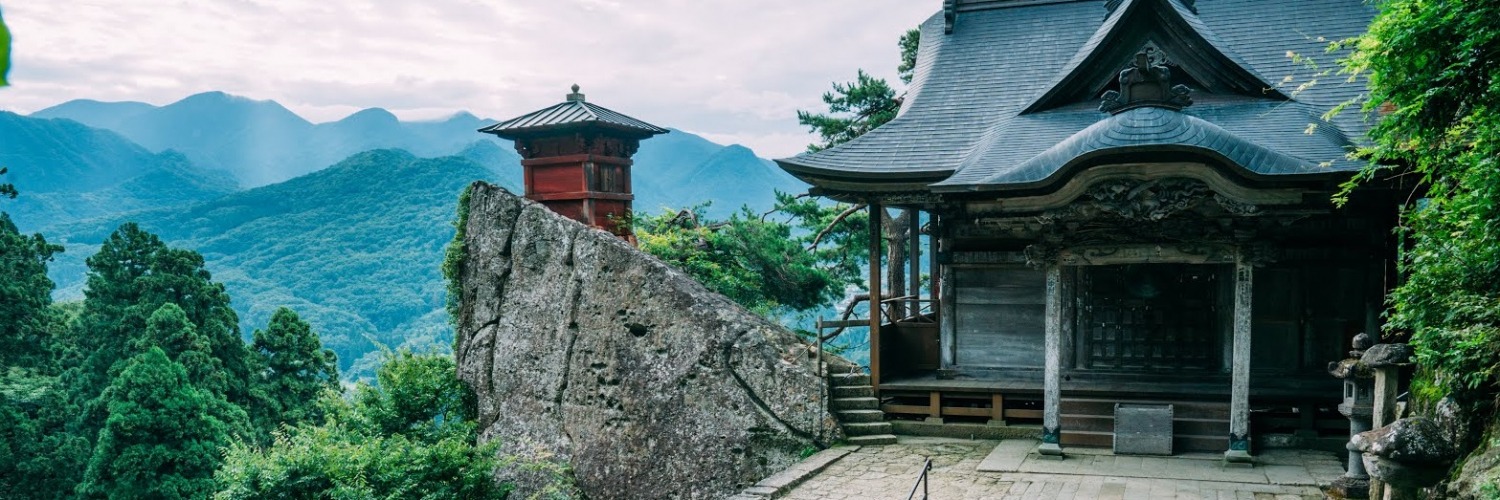
With a history dating back to 860, Yamadera is also known for being a location that legendary Haiku poet Matsuo Basho stopped at during his epic pilgrimage across Japan detailed in his seminal work "Oku no Hosomichi" or "The Narrow Road to the Deep North." Statues of Basho can be found inside the temple grounds and it's testament to his legacy that sightseers still visit and pay their respects to him today. Basho even penned one of his most widely admired poems at Yamadera which can be found engraved on a stone placed between the statues.
Such stillness
The cries of the cicadas
Sink into the rocks
Located not far from the local Yamadera Station, the Yamadera Temple complex is expansive and sprawling and takes up nearly the whole town and neighboring streets and pockets of land. To arrive at the top of the mountain and the Godaido Hall observation deck area, visitors must ascend roughly 1,015 stone steps. It can be slightly arduous if you're not acquainted with such activities but it's relatively accessible even for amateur trekkers and outdoor enthusiasts.
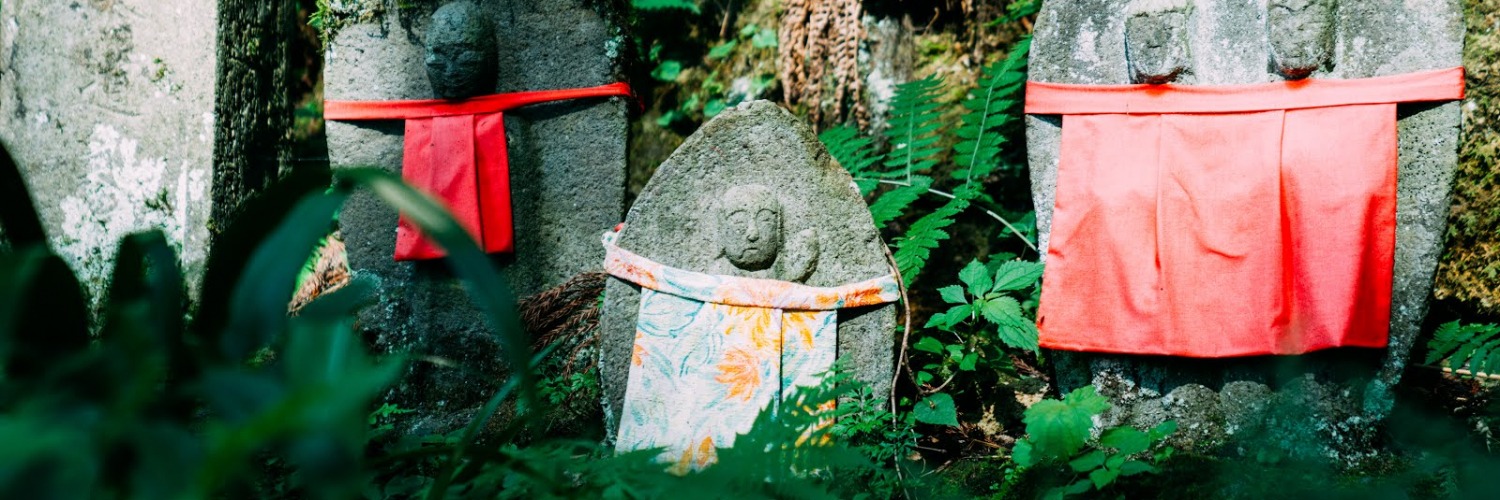
Near the base of the mountain, the majestic Konponchudo Hall can be found. It's the main hall and structure of the Yamadera Temple complex and is made from beachwood and holds, in its interior, the eternal flame, a flame which has never been extinguished and is said to have been lit continuously since the temple's inception. The story goes that it was originally brought from Enryakuji Temple in Kyoto which shares the same lineage and history as Yamadera.
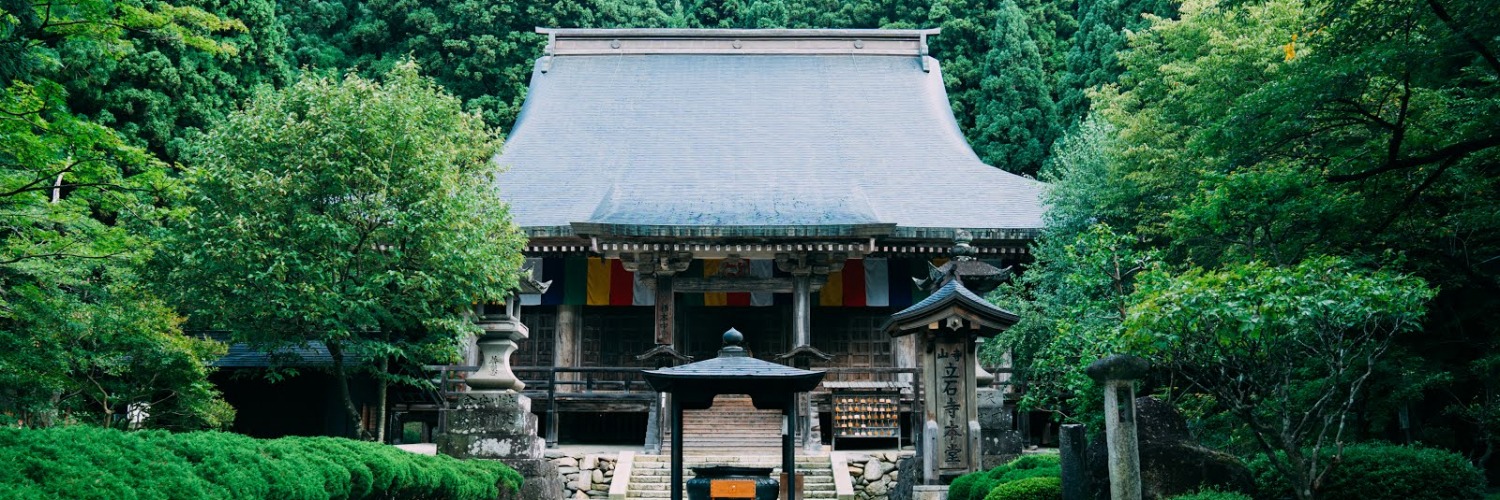
Yamagata and Yamadera can be viewed as a microcosm of Japan's complex relationship with both Shinto and Buddhism. Although Yamadera is, strictly speaking, a Buddhist temple (belonging to the Tendai sect) Shinto shrines can also be found within the complex. This is due to the separation of Shinto and Buddhism which came from an edict handed down from government officials during the Meiji Restoration. It's fascinating to see Japanese pray at both temples and shrines with slight alterations in praying styles between the two of them. It's a beautiful and insightful look into how two religions can sit side by side in complete harmony.
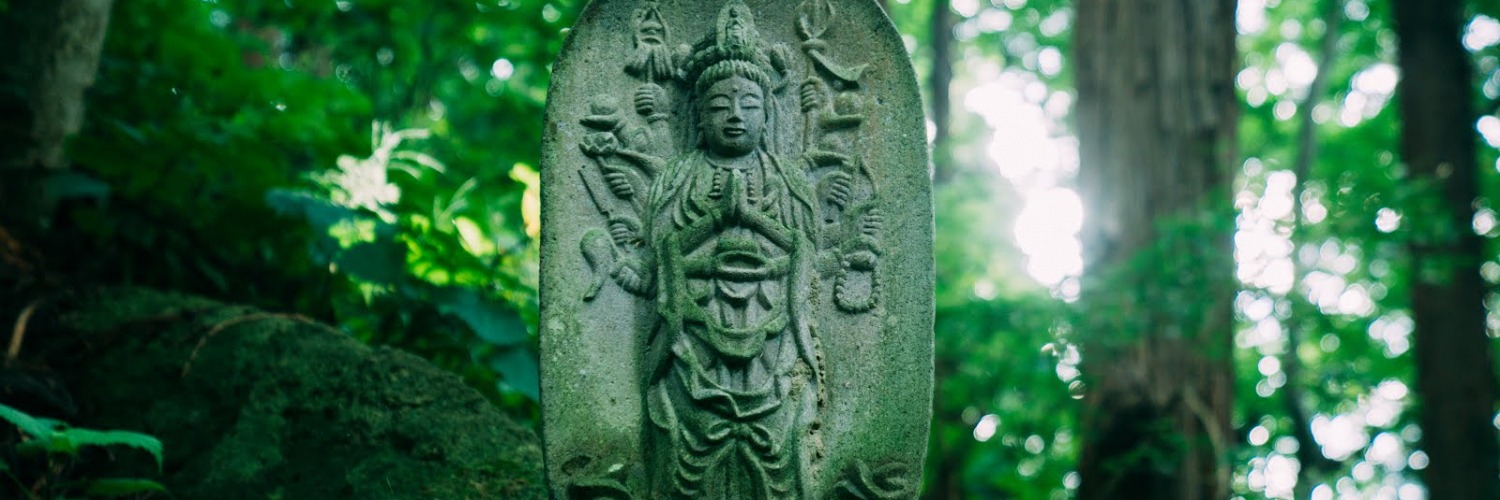
As you ascend the 1,015 steps the scenery around you becomes more spectacular and awe inspiring. The hills around you burst into life and the vibrancy and multicolored hues resemble oil paintings. As you reach the summit, and sitting precariously on a rock, is the iconic Nokyodo Hall. Used for saving hand-copied Buddhist sutra, Nokyodo has become one of the most photographed structures in the country. In spring or fall, with the abundant blossoms bursting into life, it is a sight that stays with you forever.
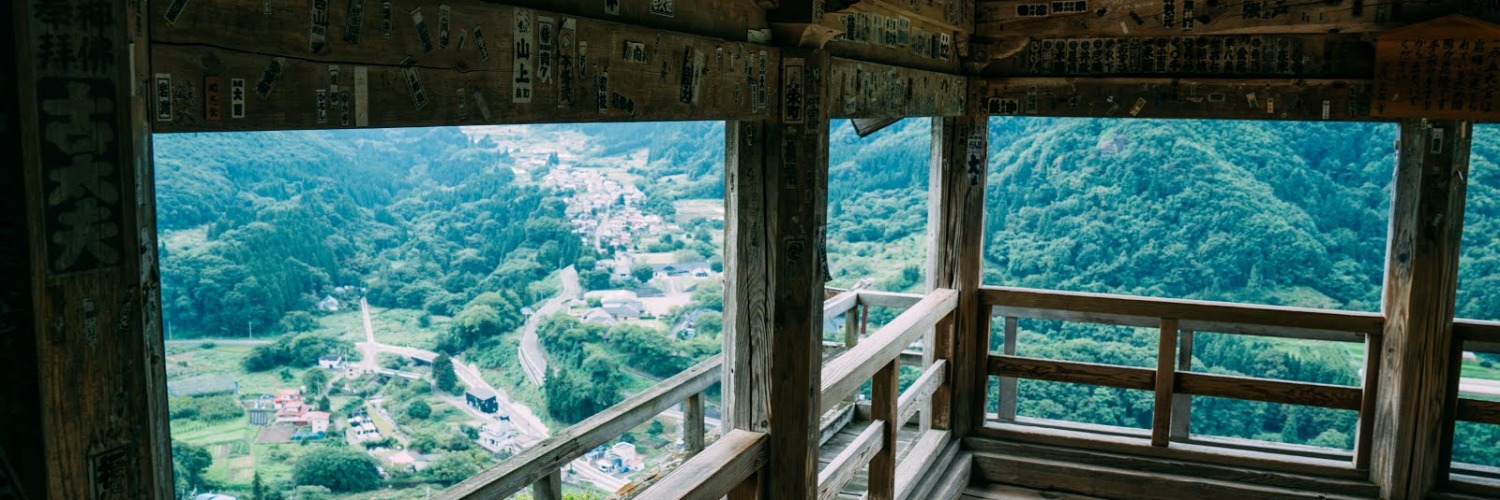
For the more adventurous person out there, there is the secret backroad path of Yamadera. It's a route known as Omoteyamadera or Urayamadera (the backroad of Yamadera) which is gaining traction on social media due to its status as a "power spot." It's said that the monk who founded Yamadera, Ennin (Jikaku Daishi) who built the complex in 870, meditated in these forests and first thought of the possibility of a temple there. In fact the original Yamadera was originally located in these back paths and woods. This particular route takes you amongst the wilds and forests which cover and grace the mountain which hosts Yamadera. Essentially a backroad, it would be wise to come equipped with hill walking footwear and comfortable clothing as the footpath can be slippy and slightly treacherous in parts. It's essentially an alternative way of viewing Yamadera, away from other tourists and visitors and a route which invites solitude and some introspection.
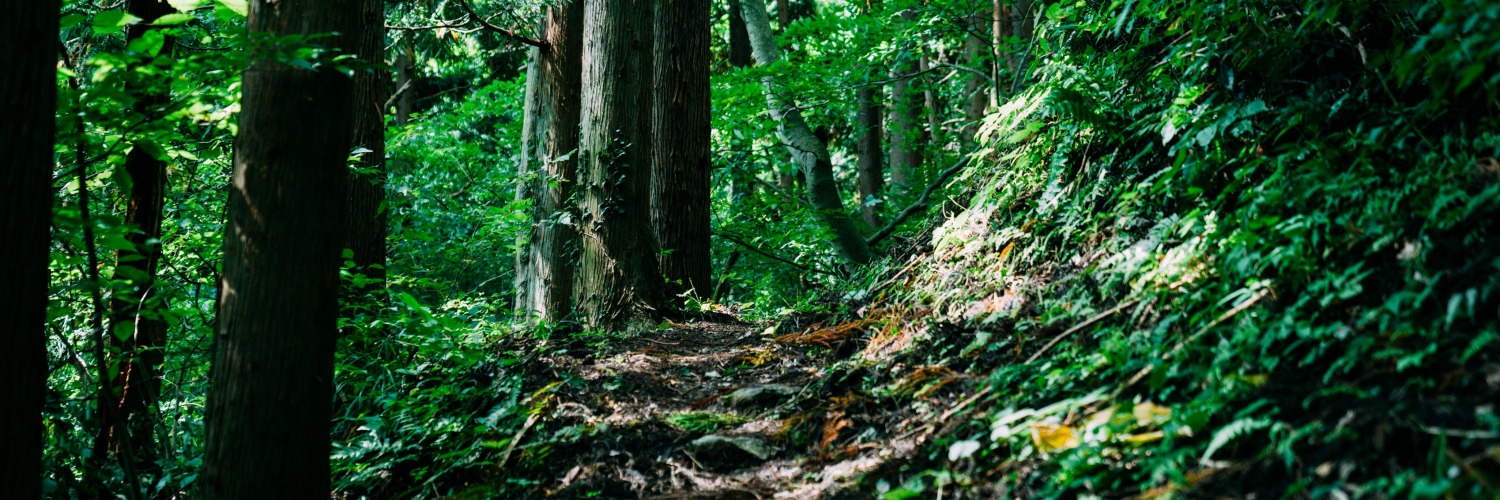
Monks used to train here and undergo periods of meditation. You will find naturally curved small caves with small shrines implanted into stone walls and it's worth touching the caves and stone as they are said to have special powers. This backroad also affords some spectacular views of the Yamadera area and surrounding landscapes, so if you have some time in your schedule it's definitely worth trying this backroad and alternative journey through the natural beauty of Yamadera.
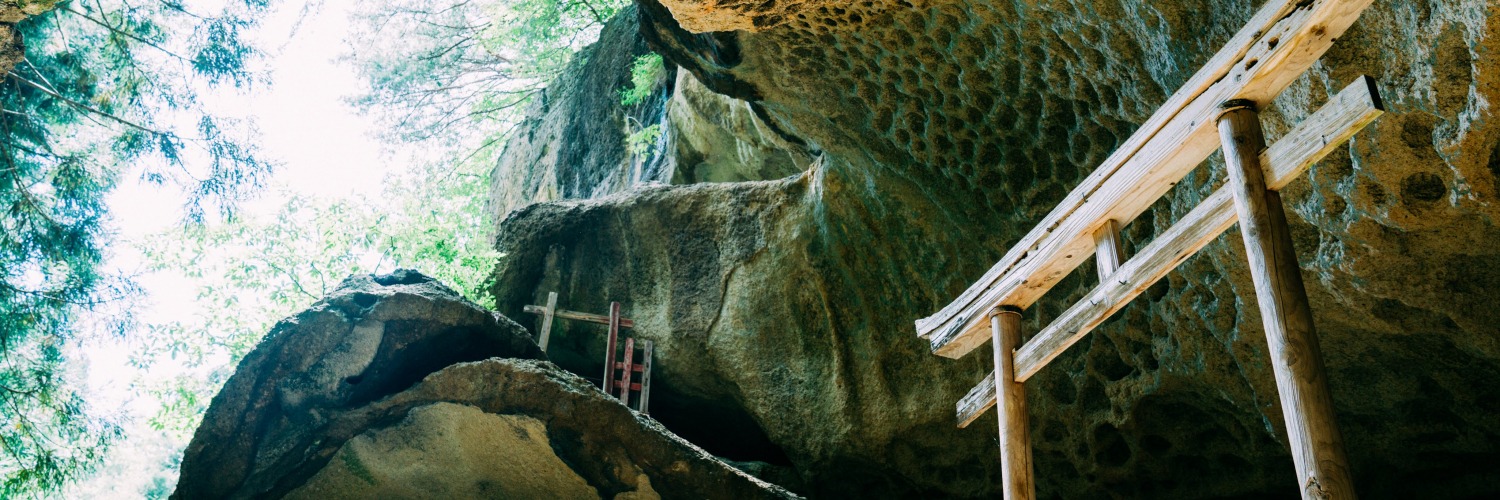
The Yamadera area is quite simply one of the most tranquil and beautiful parts of the country and it comes as no surprise that people come from near and far to climb the famous 1,015 steps. It's calm, invites thought and contemplation and is, ostensibly, a physical manifestation of the Zen Buddhist ideal. Yamadera has everything; history, culture, fascinating stories, people, legends, fables and views which you can never forget. It's a place which deserves its reputation as one of the most spectacular sightseeing spots in Japan.
https://www.wondertrunk.co/news/6084/
By Paul McInnes(Japan Travel )

Tokyo-based journalist and travel writer.
